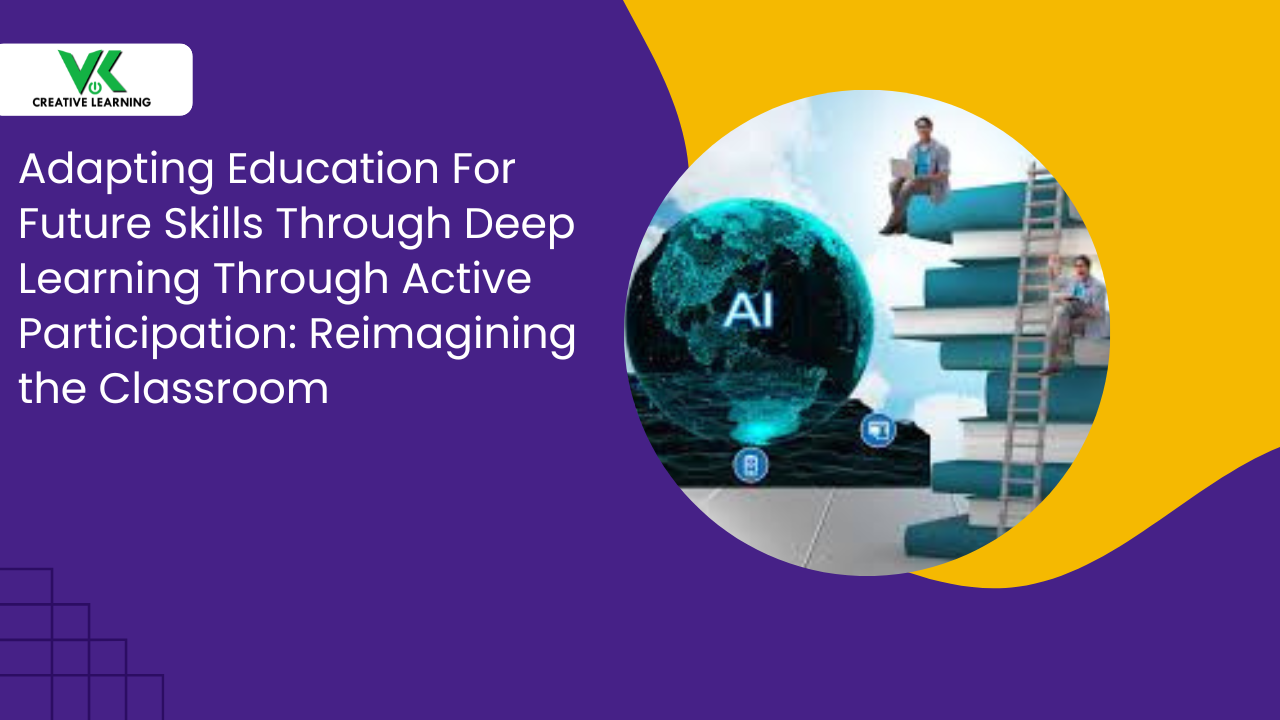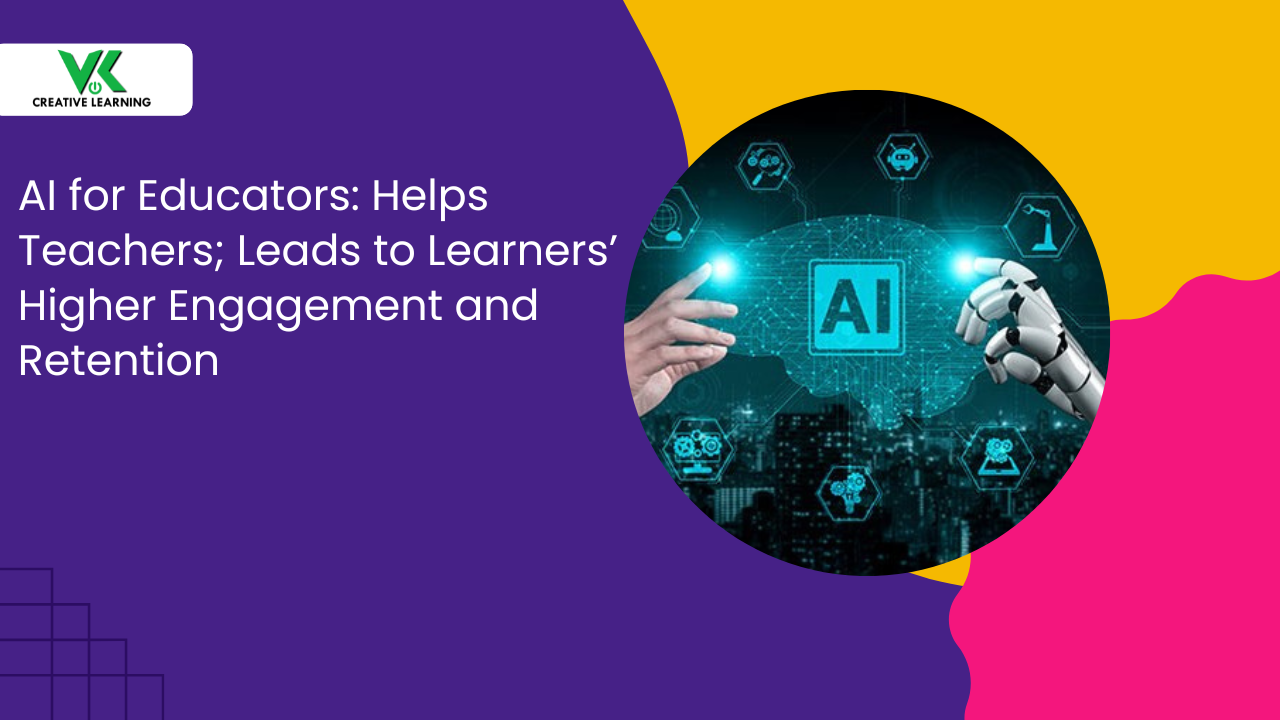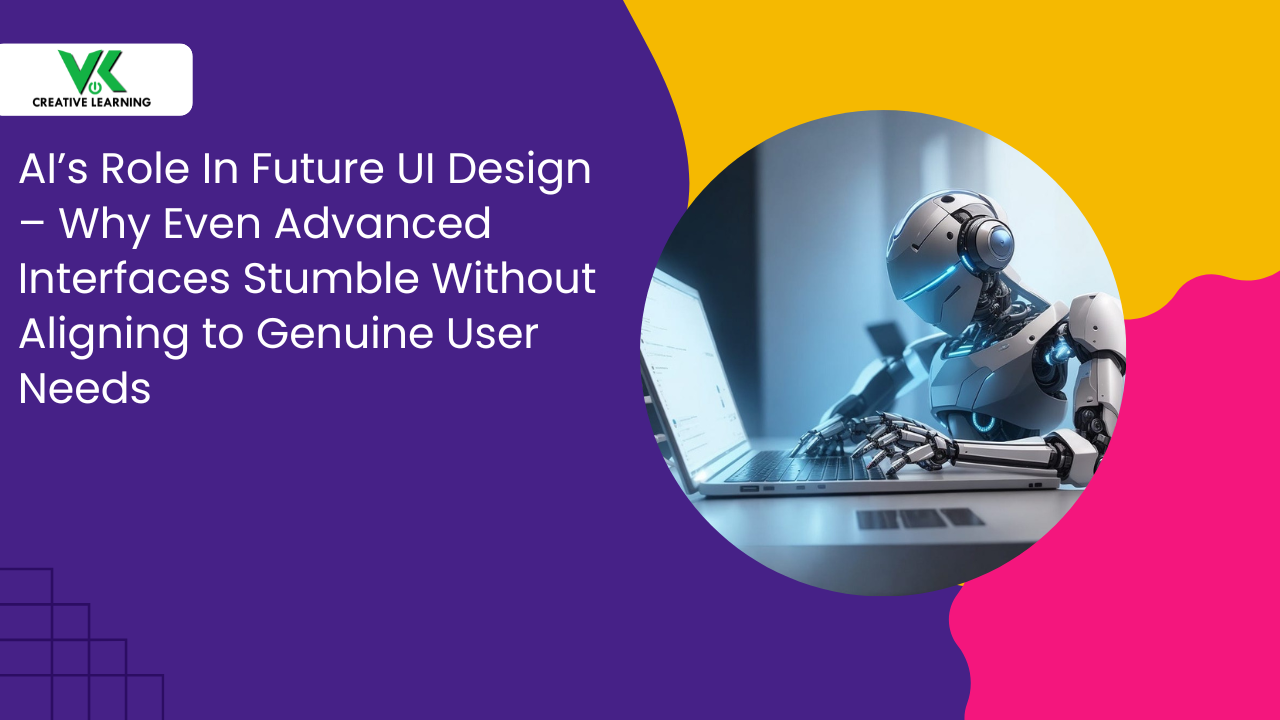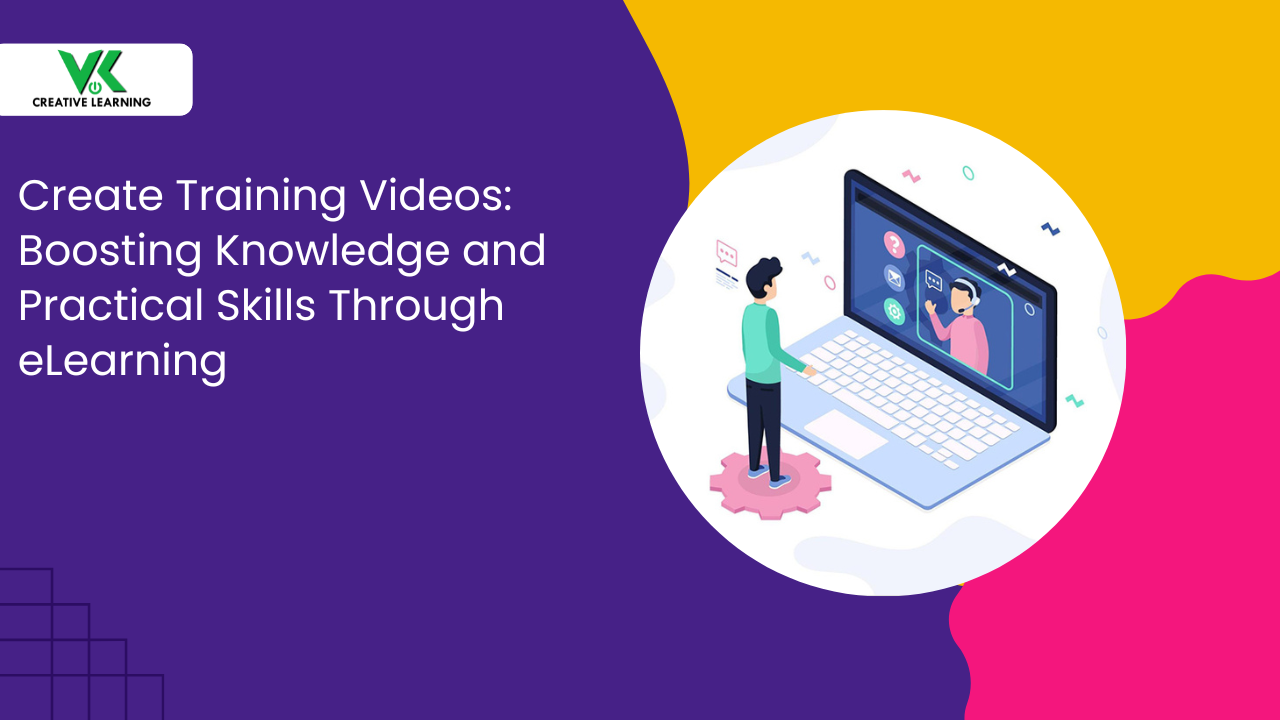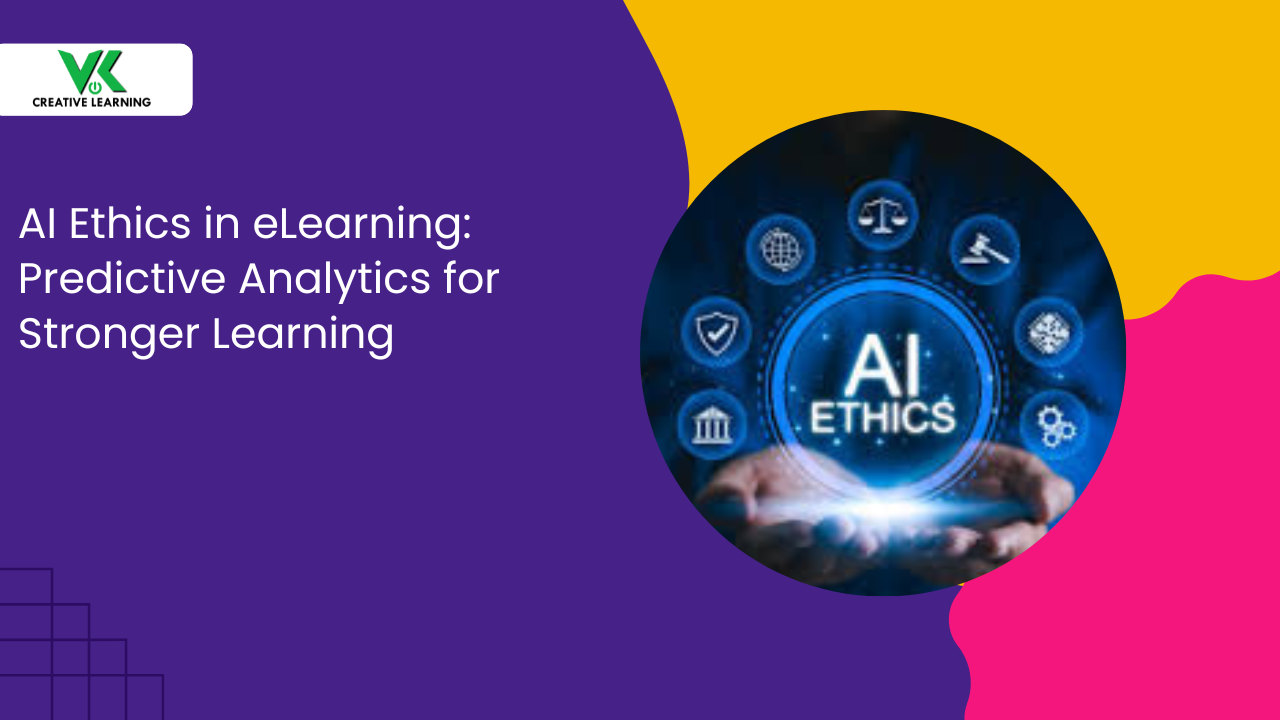AI-Integrated E-Learning: Customization for Productive Study Habits and Training
December 31, 2024
Student’s Struggle: For many learners, education can be more like climbing on a steep hill, facing multiple stumbling blocks every now and then. This is especially true when learners have to face barriers at every corner, especially in subjects that require solid basics.
The most common example: students may struggle to understand math and science fundamentals concepts. Also, they cannot learn advanced topics unless they know the basics well.
Likewise, college students may struggle to make heads or tails of organic chemistry (carbon compounds, molecular reactions, chemical bonds); balancing equations (chemical math, reaction setup, stoichiometry) -- more like untangling a spider's web!
Trainees’ Struggle: In the workplace, similar kinds of struggles can be faced by trainees. One of the instances can be they may find it difficult to understand a long list of safety rules. The rules can be pertaining to the use of protective gear or protocols.
The same problems may haunt even seasoned exports when they're trying to stay ahead by upskilling themselves.
To sum up, without understanding the core concepts, for anyone, it would be like chasing the wind. The result: learning and innovation get stuck in a rut and productivity dips.
The problem of the learners, although it seems daunting, can be overcome with the use of a virtual platform developed by the biggest e-learning companies such as VKCL.
We shall discuss e-learning providers and their role in creating an artificial intelligence-based learning platform in the subsequent section. But first, we shall look into the problems faced by educators and trainers initially.
Table of Contents:
- Pressure on Educators and Trainers
- AI: The Hero of E-Learning
- What Are AI-Based E-Learning Courses And It Use
Efforts by Leading E-Learning Companies – Their Roles
1. Rewriting the Rules of Education:
2. Simplifying Complex Concepts -- Making the Hard Stuff Manageable
Customizations and Tracking: The Backbone of AI E-Learning
1. Tailored Learning for Students
2. Real-Time Tracking for Informed Decisions
3. Practical Applications Across Industries
4. Bridging Knowledge Gaps with Adaptive Technology
Pressure on Educators and Trainers
Teachers and corporate trainers have a lot of responsibilities on their shoulders as they have to teach topics in a way that learners understand fully. Besides, high school teachers and trainers alike are buried under jam-packed timelines to complete curriculums. This is a major cause of worry as tight deadline leaves no wiggle room to give extra attention to struggling students.
Similarly, when it comes to corporate spaces, Learning and Development (L&D) teams often face their own set of challenges. Moreover, they are entrusted with a duty to ensure that trainees are able to absorb the needed knowledge (policies, skills, procedures).
interestingly, the toughest task is: these have to be done in the shortest possible window. Additionally, be it workplace ethics or the use of the latest software (including apps, platforms, or updates), keeping trainees upskilled is necessary.
For the same, the learners should feel connected with the topics being taught. Above all, these should happen without content getting repetitive or dull for learners.
AI: The Hero of E-Learning
Artificial Intelligence when introduced, by the biggest e-learning companies, in e-learning turns out to be a big digital savior. This is because AI-based e-learning introduces a lot of interactive elements that suit an individual’s needs. For example, learners can work on 3D animations and 2D visuals-based simulations based on their preferences to learn various topics.
With this facility brought in by educational content development companies, schools can now have redesigned modules. That is, AI-based designs help to match the learning styles of different learners and paces. Result: complex lessons will click for students – intricate topics made easy to remember.
For businesses, the biggest e-learning companies offer expandable corporate e-learning platforms that would extend the training process to various branches. Similarly, a K12 e-learning platform can aid in making intricate explanations simpler for learners.
Also, AI-e-learning platforms include easy-to-use dashboards (not clunky interface) with progress tracking features (performance evaluation).
The personalized features would also ensure every learner can grasp concepts without much difficulty. When it comes to performance assessment, AI gauges how learners are absorbing knowledge. This is based on their speed to complete lessons and scores obtained on tests. This helps to bridge any knowledge gap between knowing and doing -- making learning smarter!
What Are AI-Based E-Learning Courses And It Uses
AI-based e-learning courses (also commonly referred to as artificial intelligence-powered virtual platforms) are changing completely the way how learning works. For the same, the biggest e-learning companies use high-level algorithms to make lessons more interesting (with different animated elements).
They also vary the pace of lesson explanations to make learning more personalized. Based on the performance of the learners' data (patterns and mistakes), AI can accordingly adjust content to fit a learner's needs.
Let us take an example to understand this: a student is having a tough time comprehending concepts of trigonometry topics (angles and triangles). This can be spotted by the AI-e-learning course which marks it as a weak area of the student. Then, it suggests ways to deliver targeted lessons in an easy way for instructors to fix the problem -- no guesswork involved!
Efforts by Leading E-Learning Companies – Their Roles
Rewriting the Rules of Education:
The biggest e-learning companies (VK Creative Learning) are bringing big changes in the way how people learn by introducing AI into e-learning courses. They develop tools carrying multiple features like natural language processing (to understand text and speech).
In addition, predictive analytics (to assess learning trends) are part of AI e-learning courseware. The complex algorithms analyze learners' habits (preferences, mistakes). This helps teachers to change their teaching strategies as when needed.
L and D teams along with trainers also make use of AI-based features in e-learning to simplify concepts that are tricky. Examples of the complex topics include compliance laws or technical workflows (system processes).
This is an entire switch from a one-size-fits-all teaching method to an AI-based customized e-learning. Now, this is more like teaching learners that fits aptly for them!
Simplifying Complex Concepts -- Making the Hard Stuff Manageable
The whole idea of bringing AI into the picture is that it is capable of chunking out big-sized lessons into small modules. For example, it becomes easier for an engineering student to get a good grasp of the concepts of thermodynamics when modules are offered.
For example, educational content development companies utilize AI to decide when to provide a separate module to learners. For thermodynamic lessons, AI may provide a separate module on heat and energy systems (interactive models). This allows them to observe and make a note of how heat moves.
Similarly, trainees using automobile e-learning can learn all diagnostics (checking car problems) related to different vehicles through interactive simulated exercises.
The specialty of the tools is that they transform complex topics -- a tangle of wires, into clear, simplified explanations. Thus, the AI does the job of turning mountainous lessons into molehills in a step-by-step manner. This measure ensures that every detail falls into place where it belongs, making learning easy!
Customizations and Tracking: The Backbone of AI E-Learning
Tailored Learning for Students
The educational content development companies create AI-based e-learning to offer personalized paths based on the learning capability of the learners. One of the best examples of this can be a high schooler struggling to understand the concepts of calculus.
In such a case the AI will closely examine how that particular learner is grasping the concept of calculus. In case, if the AI feels that additional practice is required, it may provide more problems based on calculus.
Similarly, college students dealing with organic chemistry can get access to multiple tutorials with examples focused on specific reactions.
Real-Time Tracking for Informed Decisions
The biggest e-learning companies create the e-learning platform in such a way that it can monitor the progress of the learners continuously. For example, a trainer can understand how well employees comprehend the manufacturing guidelines of a new drug. In case, if he feels that knowledge absorption is not up to the mark, he can adjust the training strategy accordingly.
Practical Applications Across Industries
Custom AI-based e-learning benefits industries far beyond education. A healthcare trainee, for instance, might practice medical procedures through virtual simulations. Similarly, a chemical industry worker learns about safety protocols using interactive 3D safety animated AI modules. These features cater to individual learning speeds, reducing errors in high-stakes environments.
Bridging Knowledge Gaps with Adaptive Technology
Adaptability turns out to be the biggest distinguishing factor as far as custom AI-based e-learning is concerned. What it does is it allows one to compare the previous knowledge with the new knowledge required.
This helps a seasoned healthcare worker to upskill himself as per new regulations requirements. The professionals can also brush up on patient care protocols. Thus, be it a fresher or a seasoned professional, AI-based e-learning is designed to ensure that training is neither too basic nor overwhelmingly complex.
Conclusion
When the features of AI are integrated within the e-learning solutions in both educational as well as corporate sectors, it turns out to be a boon for schools, universities, and firms. Importantly, custom AI-based e-learning adapts as per the learning needs of the learners.
Want to create an adaptive and interactive AI-based e-learning platform for your students or trainees? Then, VK Creative Learning -- one of the biggest e-learning companies will be a good option to explore.
